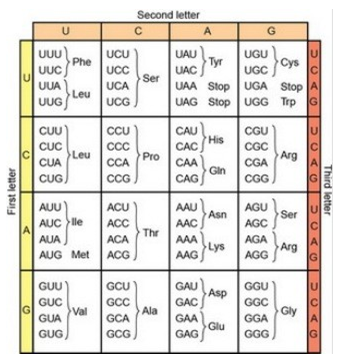An sRNA is isolated from a bacterial cell. What would you do to determine whether it is a cis-encoded or a trans-encoded sequence?
A. Find out if the sRNA acts as a transcriptional or as a translational inhibitor.
B. Determine whether the sRNA binds to mRNA or to tRNA.
C. Analyze the molecular position of hydrogen atoms in the sRNA nucleotides.
D. Identify whether or not the sRNA sequence is complementary to the coding strand of mRNA gene target.
Answer: D
You might also like to view...
If auxin failed to lose a proton (and so never became negatively charged) in a cell's cytoplasm, how would its failure to lose a proton affect auxin transport and the development of new xylem and phloem? Select all correct choices
A. Auxin would remain sequestered in the cells where it was produced. B. Auxin may move between cells (via diffusion), but not in a directed manner. C. New xylem and phloem would continue to form normally. D. New xylem and phloem would be malformed or not form at all.
A sequence of bases in the middle of an RNA used to encode a polypeptide has the sequence UUA—AUG—CGU. Is it possible to infer the sequence of the amino acids encoded by this RNA?

A) Yes, the sequence is Leu—Met—Arg.
B) Yes, the sequence is Asn—Tyr—Ala.
C) No, this RNA sequence could encode more than one amino acid sequence.
D) No; the sequence of amino acids in polypeptides is not related to the sequence of bases in RNA.
Which of the following is the type of bond holding K+ and I- ions together in KI?
A) ionic bond B) covalent bond C) hydrogen bond
Below is a set of experimental results relating the growth (+) of Neurospora on several media (MM = minimal medium). Based on the information provided, present the biochemical pathway and the locations of the metabolic blocks
Strain Medium MM MM+A MM+B s111 - + + t60 + + + s211 - - +